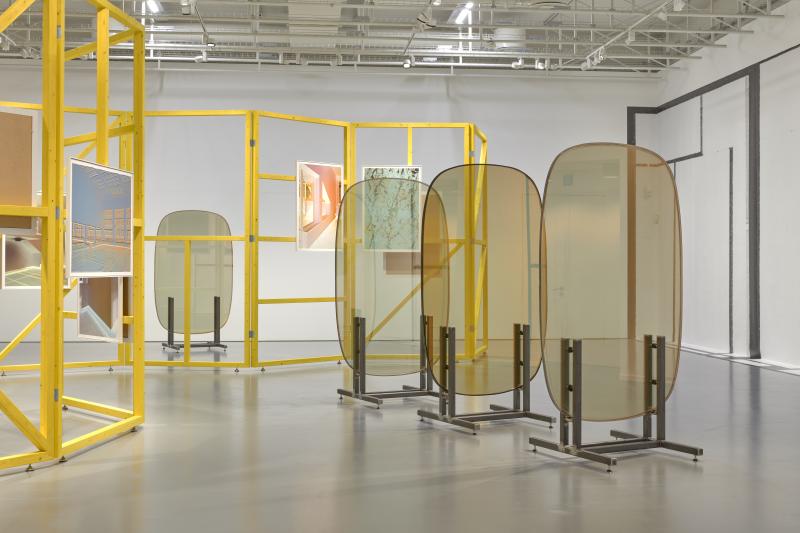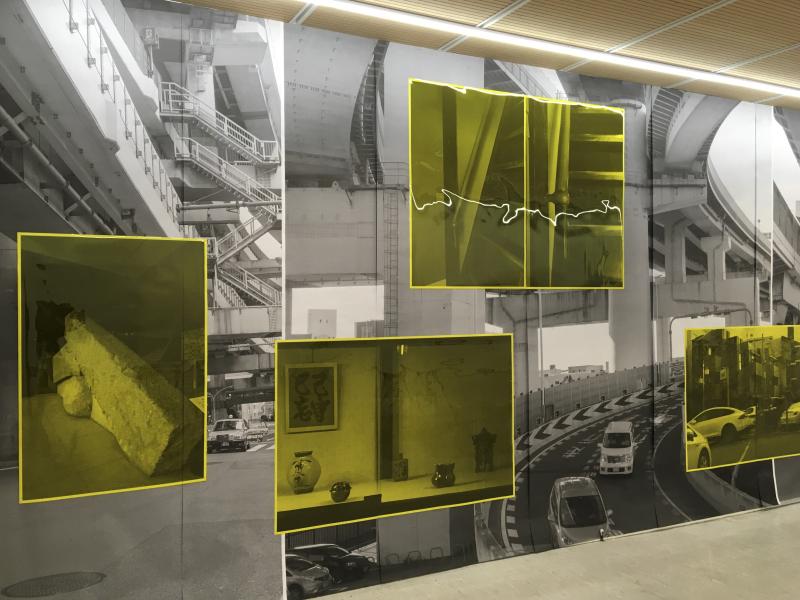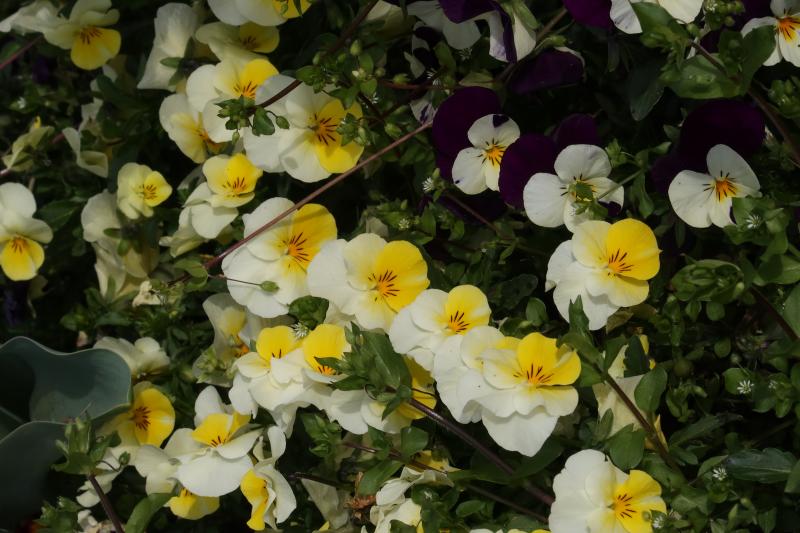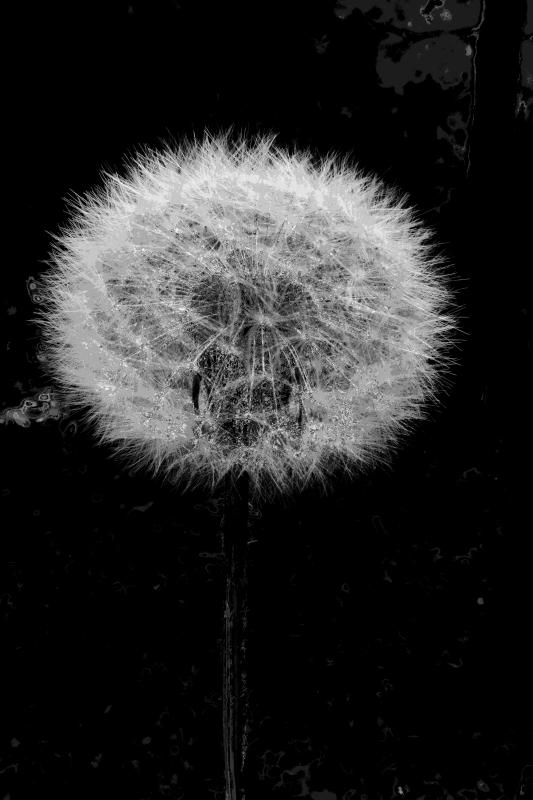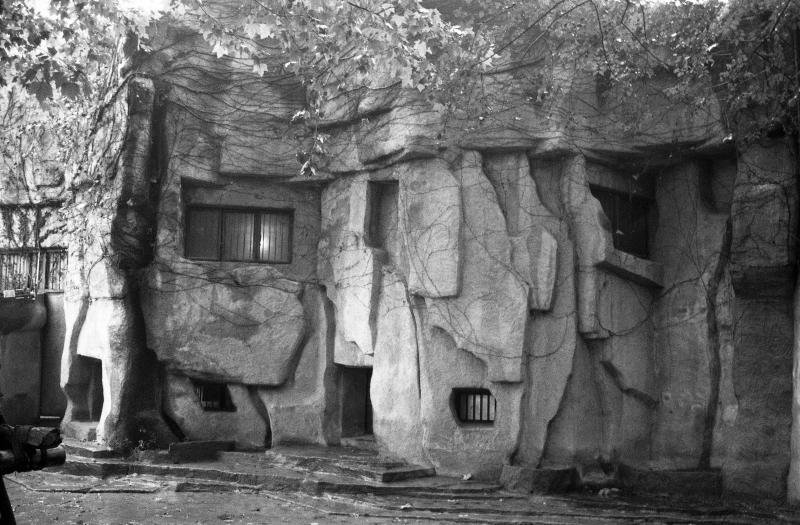Aglaia Konrad

In places as diverse as São Paulo, Beijing, Chicago, Dakar and Cairo, Aglaia Konrad has spent the past two decades systematically investigating the development of the global metropolis, the expansion of urban agglomeration and the rise of the megacity. Her work, based on extensive on-site research and a growing visual archive, mainly uses photography, video, slide projection and installations of inflated photocopies or screen prints. Konrad has already been invited to put it on display at Stedelijk Museum (Amsterdam) and Documenta X (Kassel). In addition, Aglaia recently received the Austrian State Prize for Photography.
works
Aglaia Konrad has created a new spatial installation for Mu.ZEE. Inherent to her practice is that she starts from the architecture of the exhibition space. This consists of two very different contiguous halls that were not designed as exhibition architecture. One part served as storage space for S.E.O. department store and the other connected it to Gaston Eysselinck’s later architecture. The forest of pillars, the different levels and the way in which the architecture was transformed and disorients are the starting point for Aglaia Konrad’s installation.
She emphasises this idiosyncratic architecture with various spatial interventions. The two halls are given a new role as private inner zone and public outer space. Aglaia Konrad leaves the walls unused and breaks up the circulation. The exterior is drawn in with mirrors and with a new series of photos based on research into the landscape architect Alina Scholtz (1908-1996, Poland). The installation thereby questions how inside and outside, as well as private and public, relate to each other.
Curator: Ilse Roosens (Mu.ZEE)
